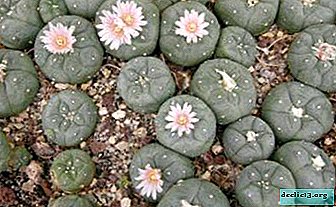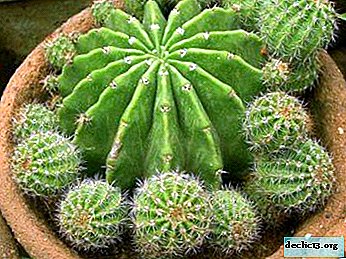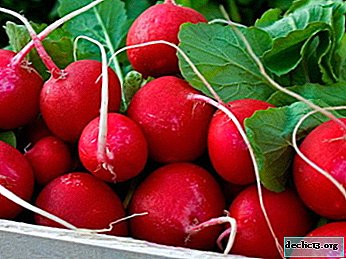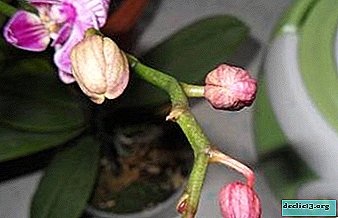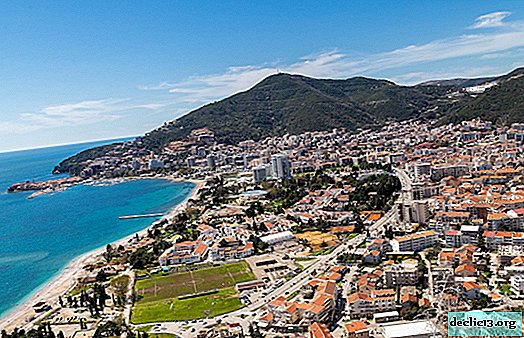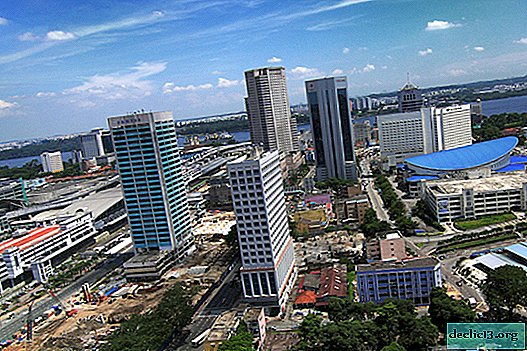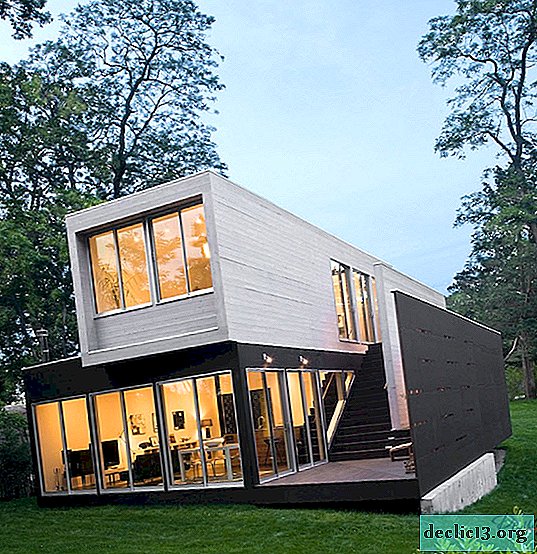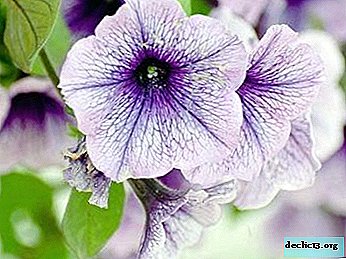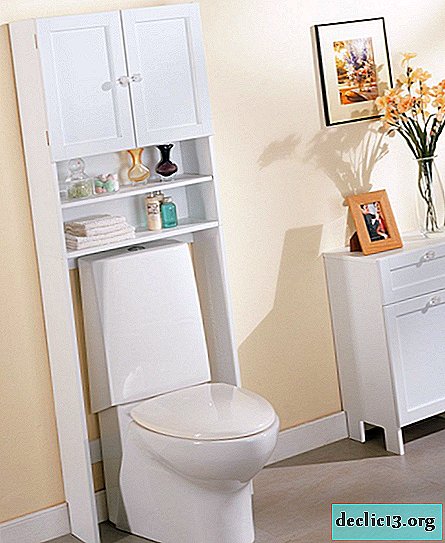Kalanchoe: beauty and good in one flowerpot
Kalanchoe is a unique plant with a combination of beneficial properties. It best combines the aesthetic component with medicinal properties. The range of possibilities of plant juice includes the treatment of a runny nose, sore throat, wound healing of various origins and much more.
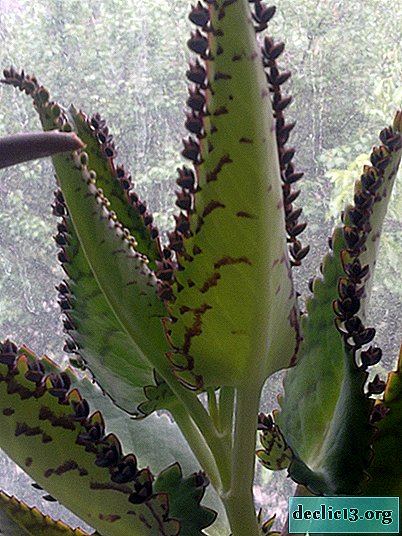

External features of Kalanchoe
The birthplace of the flower is considered Madagascar. Usually, a thick trunk of Kalanchoe is decorated with bright green leaves of an elongated shape with a sharp end. During flowering, most varieties are crowned with bright pink flowers.


Kalanchoe belong to the succulents from the family Crassulaceae. At the moment, there are about 200 varieties of this plant. The stems and leaves of the flower can be bare or pubescent, depending on the variety.


They can also grow from a few centimeters to four meters. Among them there are vines and epiphytes. Most species have an unusual property - buds form on the leaves, which then turn into young Kalanchoe.

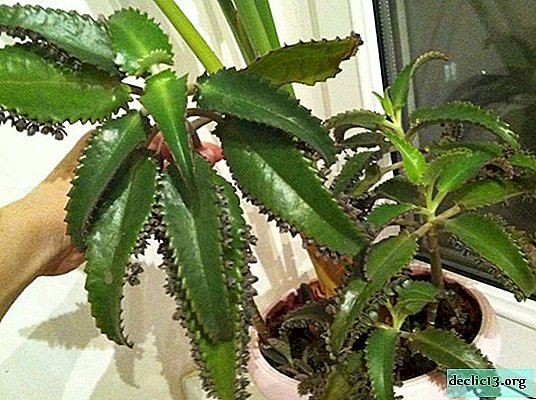
Inflorescences of this plant are referred to as terminal three-part. They are false panicled type umbrellas. As the top of the stem reaches, the leaves become smaller.


In addition to pink flowers, you can find varieties of other colors. Flowers can be erect or drooping. Petals of some varieties grow together into a tube.


The most famous two types of Kalanchoe are Blossfeld and Degremon. The first is characterized by bare stems, growing up to 30 cm in height. The leaves are egg-shaped with a rugged edge.


Typically, these green leaves have a red border around the edges. This species blooms in small flowers up to 1 cm in diameter. They gather from above in an inflorescence of orange, red, yellow or pink.


The second species grows up to 50 cm. Its leaves can grow up to 20 cm in length. They are narrower than the previous species, although they continue to maintain an ovoid shape. Below on these leaves you can see purple spots. They are particularly meaty and can be folded along the longitudinal axis.


There are a number of species of this plant:
- Kalanchoe beauverdii;
- Kalanchoe bentii;
- Kalanchoe campanulata;
- Kalanchoe dinklagei;
- Kalanchoe crundallii;
- Kalanchoe farinacea;
- Kalanchoe manginii and many others.


Proper care for the development of a beautiful and healthy plant
The appearance of the plant and the duration of flowering depend on the quality of care. In addition, it is important to choose the right place to install the flowerpot.


Watering
Excess moisture can be detrimental to Kalanchoe. Therefore, it is necessary to study the specifics of this procedure. The roots of the flower are very sensitive and will immediately begin to rot with constantly wet soil.


In the warm season, cool, settled water is used for irrigation. Pouring should be exclusively in the ground. Drops falling on a stalk or leaves may cause rotting.


The amount of water should be sufficient to maintain the soil in good condition, but without the formation of puddles. Excess fluid should be removed immediately. A break between irrigation of three days is considered optimal.


In the cold season, watering is halved. The pan under the pot must be dry and moisture only felt on the ground. This is due to the fact that the thermophilic Kalanchoe is very difficult to tolerate cold and freezes and dies from excess water.

To protect the plant from stress in the winter, water for irrigation should correspond to room temperature. In winter, the moisture accumulated in the leaves is consumed more slowly and its reserves last for a longer period. The intervals between irrigation can reach 14 days.


Air humidity
Kalanchoe does not need spraying. Rarely washing the leaves in the shower is enough. This is quite enough to wash off the accumulated dust. In addition, you can occasionally wipe the leaves with a damp cloth. This will help to avoid the appearance of spider mites and mealy worms.


Illumination
The plant is able to live even with a little exposure to sunlight. In direct sunlight, the leaves will change color, slightly reddening. This situation will not bring harm to the plant.

Nevertheless, the eastern and southeastern parts of the house will be most suitable for Kalanchoe. A clear lack of rays will affect the appearance of the plant: it will weaken and stretch up. Therefore, in winter, it is better to provide the bush with additional lighting.

Temperature mode
There are also no strict requirements for temperature. Even in early spring at 10 grams of heat, Kalanchoe can be carried out into the air. In summer, the flower can be kept around the clock.


Hot days for Kalanchoe are not scary. To add a flower of comfort at this time, it is enough to increase the frequency of watering. If it is possible to control the temperature around the plant, then in summer it should be between 23 and 25 grams, and in winter 12-16 grams.


Top dressing
Perhaps Kalanchoe is one of the few plants that does not like fertilizer. But, despite the unpretentiousness in this matter, there are situations when the flower is clearly not enough nutrients. Then you can purchase a special composition for succulents and use it according to the instructions.


In winter, fertilizer is excluded. Even if the appearance of Kalanchoe is in doubt, do not load the roots with unnecessary additives. Top dressing can take place only in the spring or in the middle of summer.


Pruning
Pruning is especially important for flowering varieties. The flower stalk needs to be cut very low, because the residues will rot, which the plant will not like. Flowers weaken the plant, so all wilted flowers and unnecessary parts must be removed.

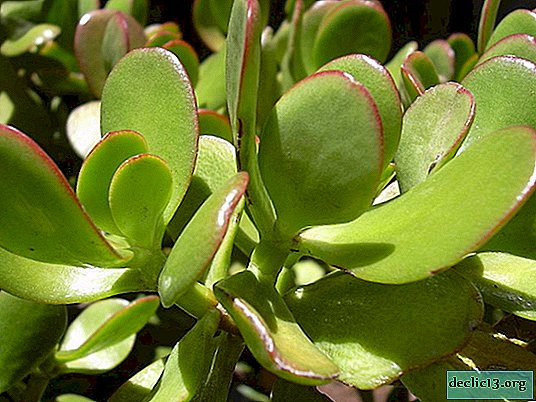
Young pruned shoots can be used to root and grow new young plants. In the summer, you can pinch the plant in its upper part. This contributes to the emergence of new side shoots.

In general, Kalanchoe does not require increased attention and care. It is undemanding to the conditions of detention and the regime. But at the same time, a similar flower in the house is able to give a lot of pleasant impressions and benefit health.


